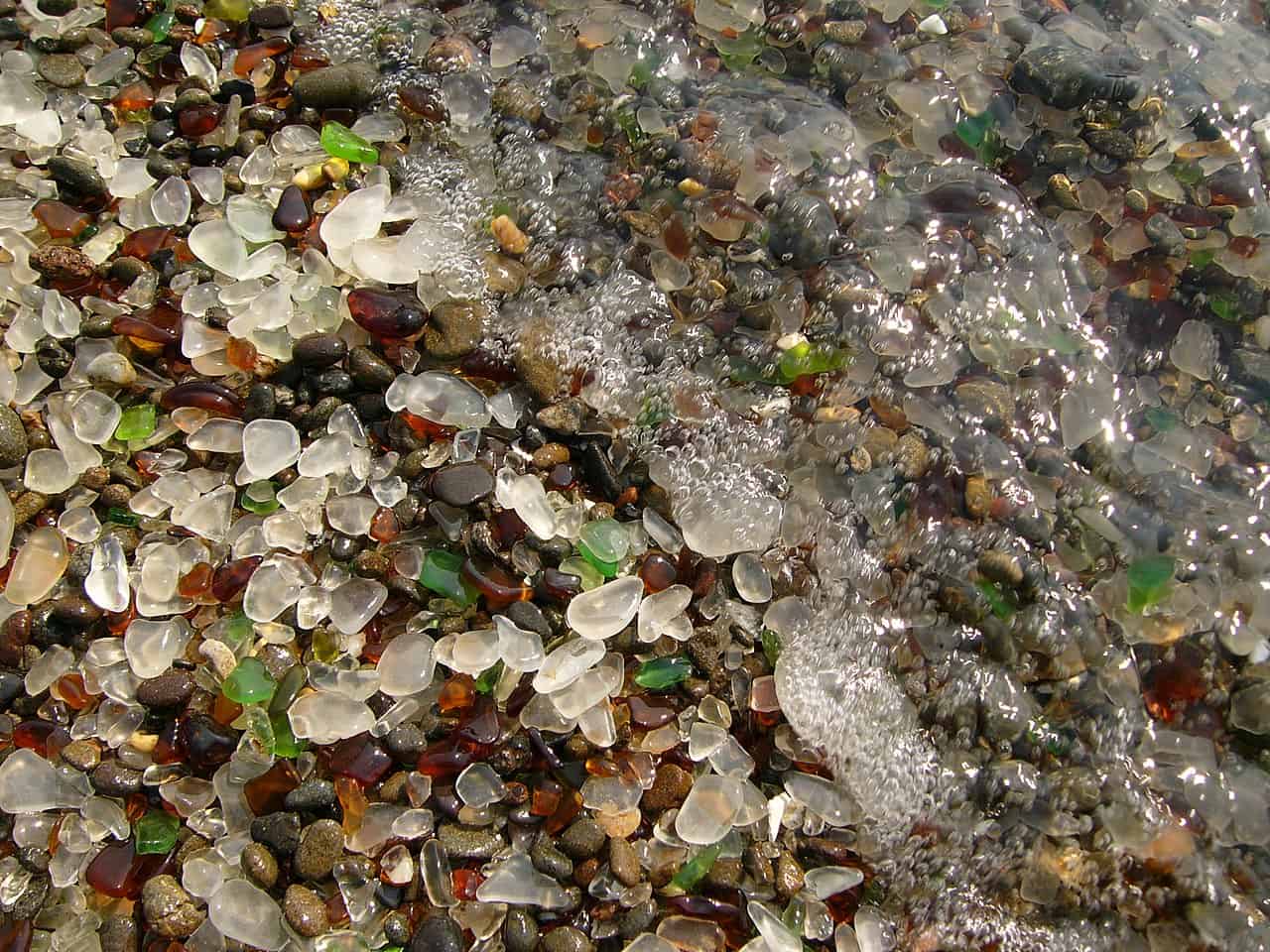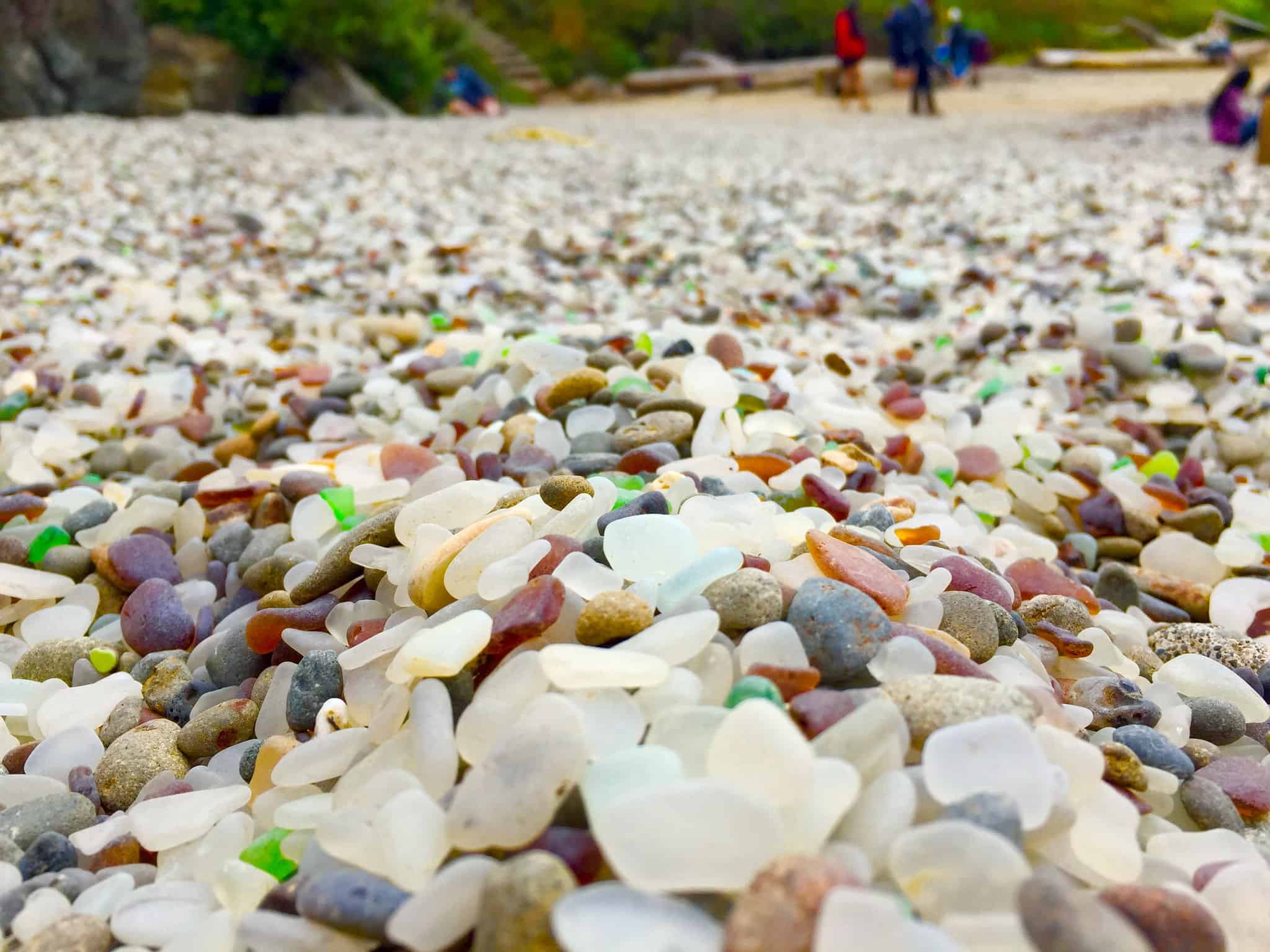The place is Glass Beach, California. A beach that’s truly made from glass pieces is not something you see every day, but this site has exactly that. Glass Beach is a remarkable study into how nature can transform human wastefulness into something beautiful. But let’s take it step by step.

In 1906, the Fort Bragg municipality established an official water dump site. It was called “Site 1”, and communities all along the beach would dump their garbage — from glass to electronics and even vehicles. Locals would occasionally light fires to reduce the amount of trash. It was quite a different time!
Year after year and decade after decade, the garbage would accumulate. People discarded all sorts of things, and as the community was flourishing, there was no shortage of trash. Then, in 1967, the dumping ground was closed. The garbage was only partially removed — many of the glass and pottery fragments remained.
Several cleanup programs have taken place, but the result today is what you see here.
Waves meet glass
The ocean waves worked tirelessly, constantly churning, breaking, and smoothing those fragments. The result is a beach covered with pebbles of “sea glass” — small, rounded, polished pieces of glass that are visually stunning. Glass Beach is now famous for these pebbles, which come in a variety of colors, including green, brown, and the relatively rare clear or blue.
The beach is now visited by thousands of tourists every year who come to see the not-so-natural wonder.
However, recently, it seems that nature has started its own ‘clean up program’, roughing up the edges and making the beach an attraction point for thousands of tourists each year, who come to take home a little glassy souvenir.
However, removal of the glass is illegal because the beach is part of MacKerricher State Park. The glass is actually part of the beach’s natural erosion system now, and every piece people take reduces the amount of sand that could be produced. In fact, some officials are calling for replenishment of the glass.
Nevertheless, Glass Beach remains a living testament to what careless pollution and lack of concern about the environment can create. In another sense, Glass Beach also symbolizes the interaction between human beings and our environment. It’s a clear, tangible example of how our actions can have long-term consequences on our world. Yet, it also shows nature’s incredible ability to reclaim and transform what we leave behind.
Was this helpful?





